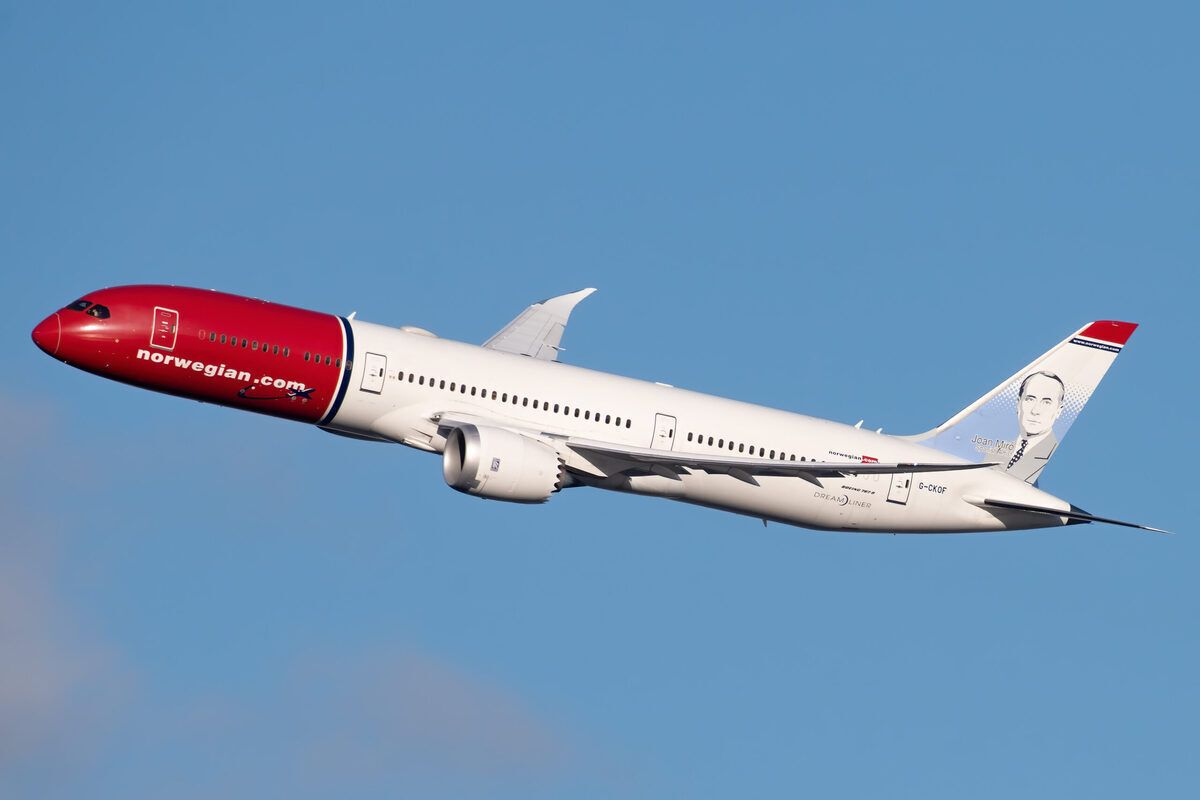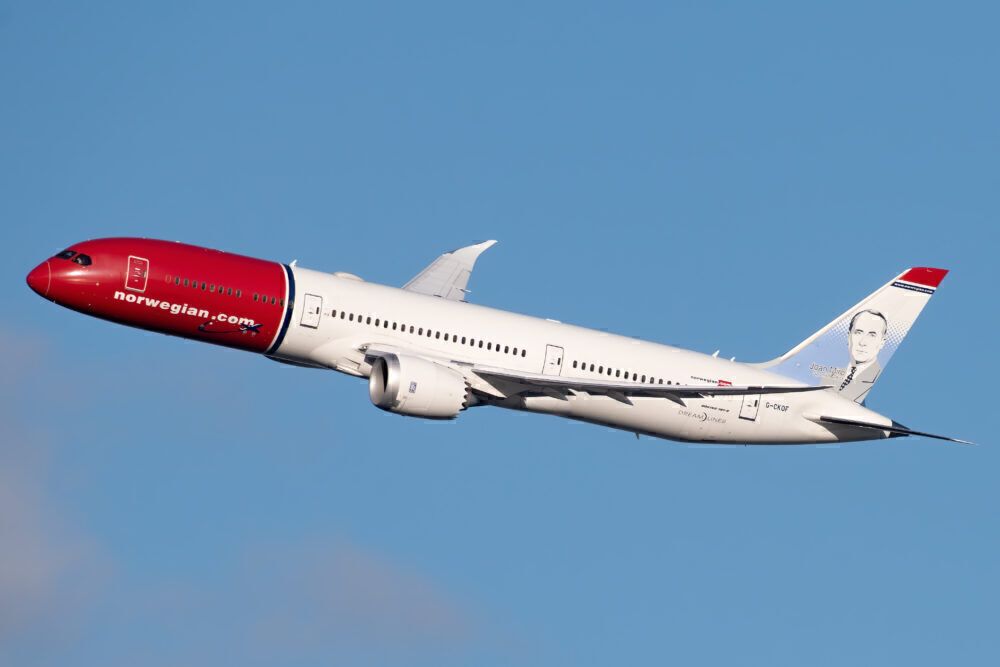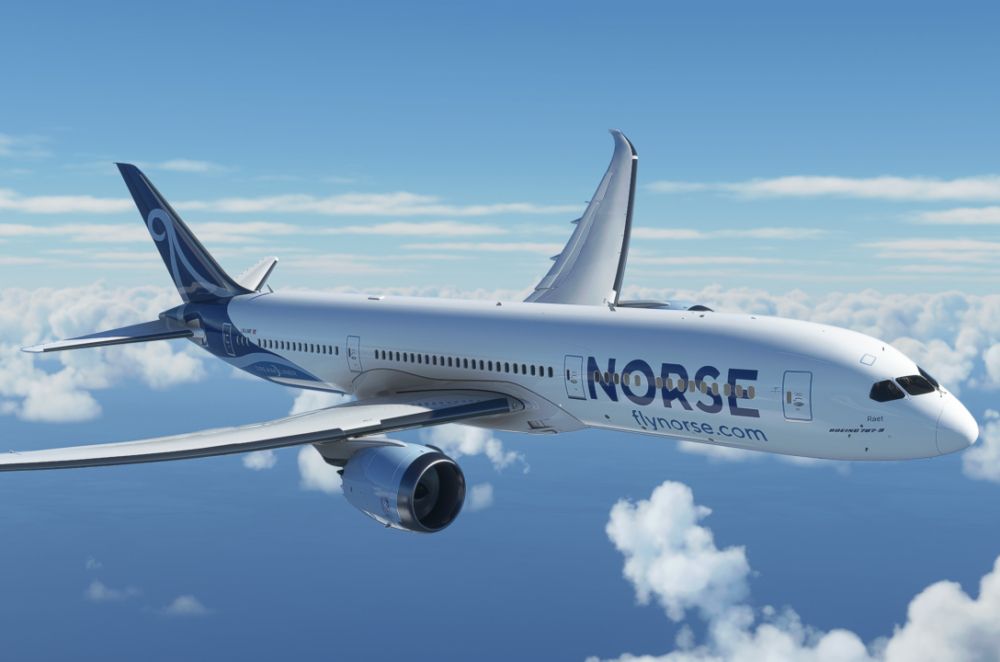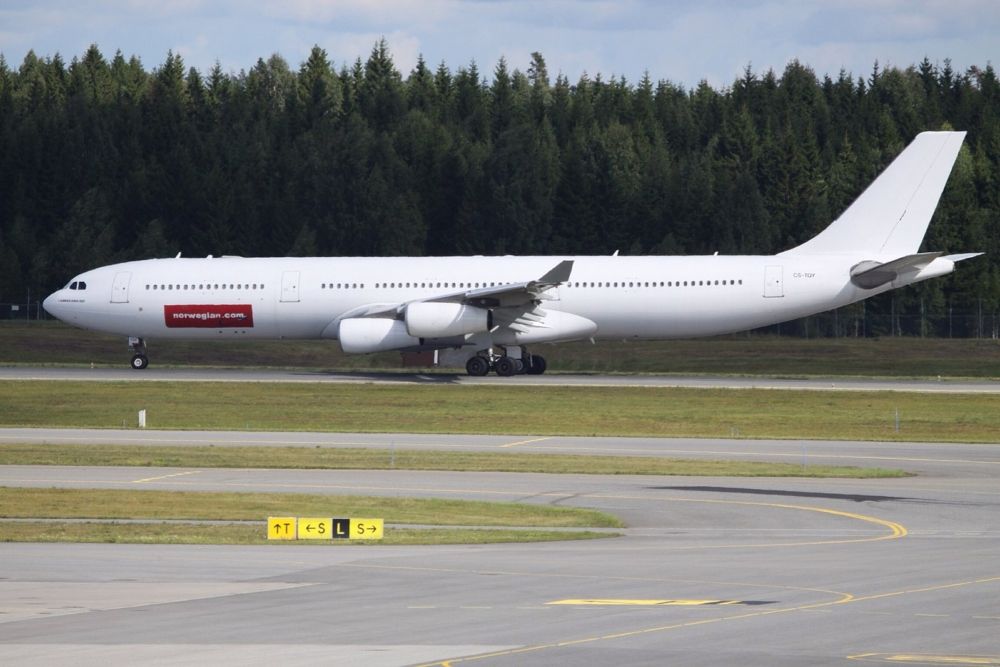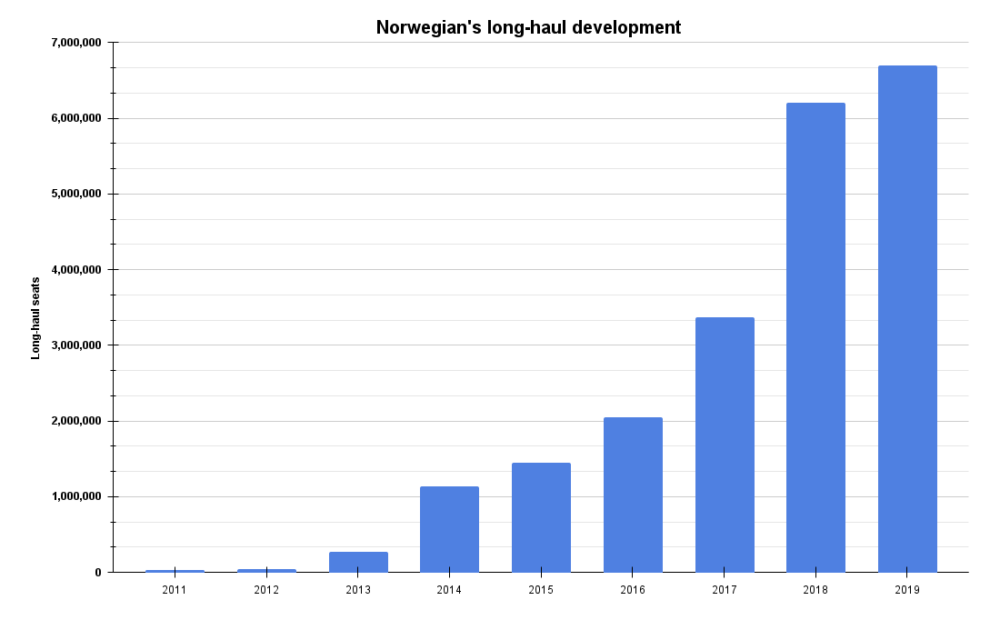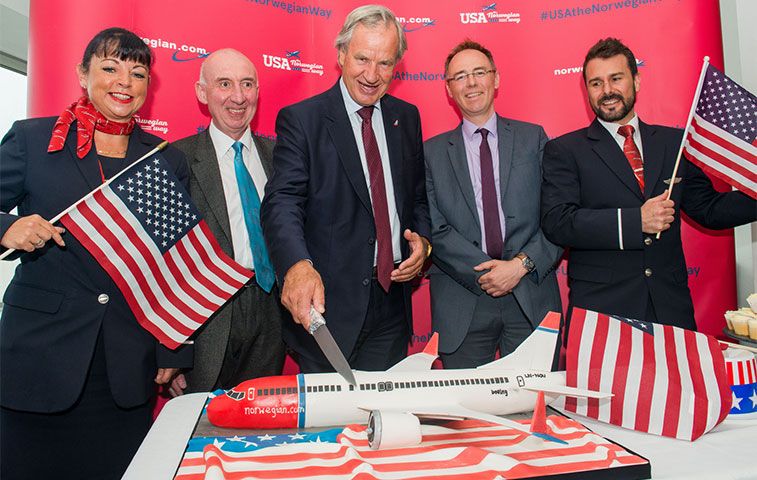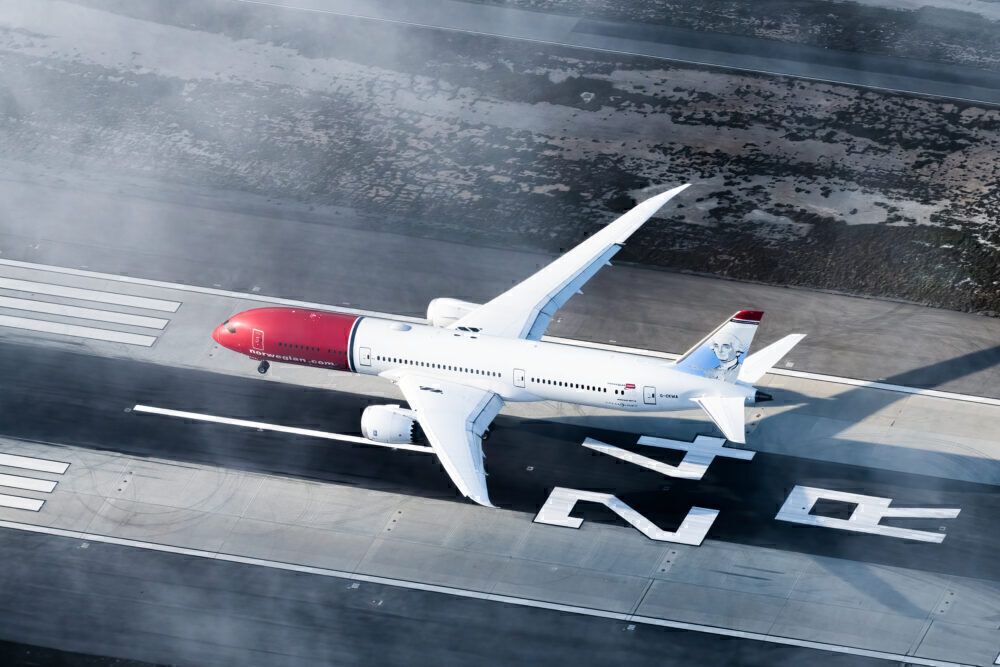Startup long-haul, low-cost carrier Norse Atlantic expects to begin flying between Europe and the US next summer, based on its prediction that demand will be sufficiently high by then, helped by easing coronavirus restrictions. If all goes to plan, it says that 15 Boeing 787s will be in service next summer – an enormous amount from the get-go. Norse Atlantic is following in the footsteps of Norwegian, whose long-haul operation we now explore.
Following in Norwegian's footsteps
Norwegian ended long-haul to instead focus on its core market: Boeing 737 operations within Europe and primarily to, from, and within Scandinavia. This was an inevitable and very sensible decision.
In recent years, Norwegian had increasingly moved away from its core. By 2019, some 74 long-haul routes were operated with 6.6 million seats, OAG data shows, 15% of the Group's total capacity. But long-haul started in humble ways.
Long-haul from humble beginnings
Norwegian began service from Stockholm and Oslo to Dubai in 2008 using Boeing 737-800s, with Oslo-Dubai a distance of 3,194 miles. (This wouldn't be quite long enough to make it into the world's longest 737 routes this summer.) The pair were joined by Copenhagen-Dubai the following year. This trio marked the airline’s first foray into long-haul operations.
Stay aware: Sign up for my weekly new routes newsletter.
Norwegian’s first dedicated long-haul operation came in 2013. Because of delays to B787 deliveries, this was initially with leased HiFly A340-300s, with Oslo and Stockholm to New York JFK and Bangkok all served. The year 2014 was Norwegian’s first full year with B787s. And between 2014-2019, its long-haul growth was significant, with a compound average growth rate (CAGR) of 34%.
Norwegian's long-haul cuts
Norwegian had been struggling for years from rapid expansion, high debt, and high costs. And from an unclear focus from multiple ‘distractions’, notably Norwegian Air Argentina and its long-haul, low-cost development, both of which have ended.
The flatness in growth seen between 2018-2019 (see the figure below) resulted from multiple route cuts, such as Belfast to Providence and New York Stewart; Bergen-Stewart; Cork-Providence; Dublin-Hamilton, Providence, Stewart; Edinburgh-Hartford, Providence, Stewart; and Shannon-Providence-Stewart. All of these routes were operated by 737s, with this cull an attempt to reduce losses. And it worked.
That had a big impact on losses
RDC Aviation’s Apex platform shows that Norwegian’s consolidation in 2019 resulted in its long-haul network reducing losses from an estimated -€351 million in 2018 to -€159 million a year later. (Both figures are earnings before interest and taxes.) Still a significant loss, to be sure, but more cuts were announced. Madrid-New York was gone and so too were Stockholm and Copenhagen to the US and Thailand. Then COVID happened.
The year 2019
While we don't know exactly where Norse Atlantic will fly, it'll probably focus on Norwegian's core. After all, it is this that most likely had the highest likelihood of achieving profitability, if it didn't already, knowledge that the startup airline would already have.
In 2019, Norwegian's long-haul operation revolved around the USA, with nearly 5.9 million of its 6.6 million seats, OAG data confirms. New York JFK and Los Angeles were crucial, with over one million seats, and Boston (half-a-million). These are likely to be the cornerstone of its transatlantic operation.
In Europe, it was hugely about London Gatwick (2.6 million) and Paris (one million), while Barcelona, Rome, and Oslo were also relatively significant, size-wise. With one-third of total capacity, the UK-USA was overwhelmingly the largest country-pair, with this market (and France-UK) very likely to be significant for Norse Atlantic.
What are your thoughts on Norse Atlantic? Let us know in the comments.

